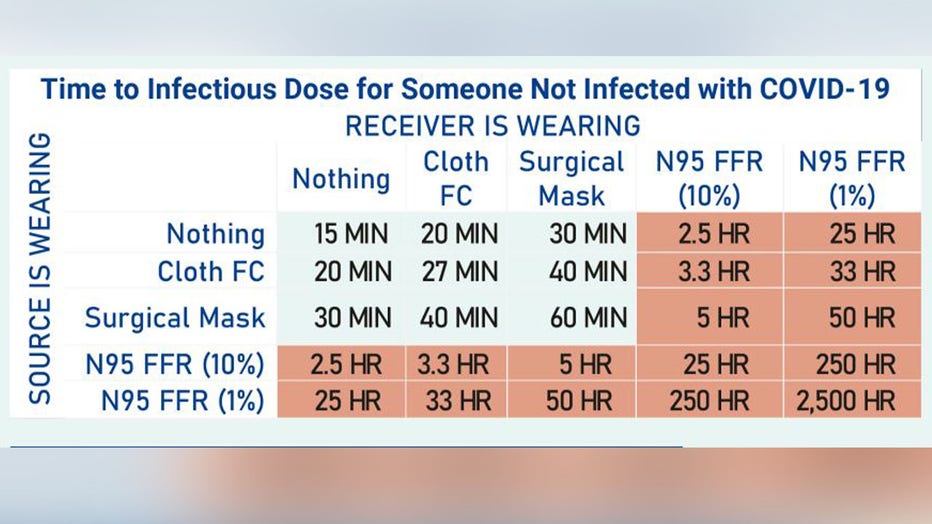N95 masks far more effective at preventing COVID-19 infection compared to cloth masks

Former United Wholesale Mortgage employee says company is not doing enough to protect workers amid pandemic
When Covid cases lightened up, employees went back to the office. State mandates were no longer in place, so no more temperature checks or social distancing or plexiglass dividers - as shown in a photo given to FOX 2.
In the fast-evolving world of pandemic-era fashion, it appears cloth masks are yesterday's style. At least, for the most effective protection against COVID-19 transmission.
As the omicron variant lays bare just how transmissible the mutant coronavirus strain is, experts are increasingly recommending people strap on N95 respirators or 3-ply masks instead of masks made from cloth.
The switch may seem like a small change - but in the world of highly infectious variants and large gatherings of people, it could make all the difference.
Part of the reason omicron has been so successful at spreading compared to previous variants is its ability to evade the immunity given by vaccines from Pfizer, Moderna, and Johnson & Johnson. That's the finding from a new study out of Denmark that looked at some 12,000 households.
As a result, omicron has been spreading faster than any other variant.
While vaccines can help ward off severe symptoms from an infection, and omicron is considered a milder strain, doctors are pointing toward the need for better masking if states are going to slow down its spread.
Cloth masks do help by blocking the passage of large water droplets. But when it comes to smaller aerosols that are carrying the virus, they're less effective.
But the KN95 mask carries a filter made out of plastic. There's also a cotton layer next to it. And then an outer and inner layer making for four barriers that particles would have to get through before someone breathes them in.
RELATED: What's the likelihood of catching Covid twice?
According to American Conference of Governmental Industrial Hygienists, an Ohio-based science nonprofit, cloth masks will only protect someone from an infectious dose of COVID-19 for 20 minutes. But an N95 mask shows protection for 25 hours.
Surgical masks offer about 30 minutes of protection.

Chart showing effectiveness of mask wearing. Source: American Conference of Governmental Industrial Hygienists.
Part of the reason for the disparity is the amount of "inward and outward leakage" prevalent among cloth masks and neck sleeves.
While the variety of mask used may not matter much outdoors or in low density settings, it could come in handy in crowded areas like school classrooms.

